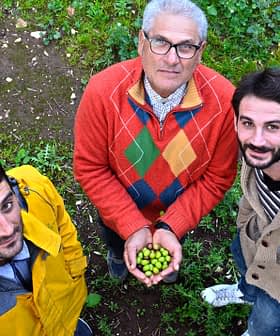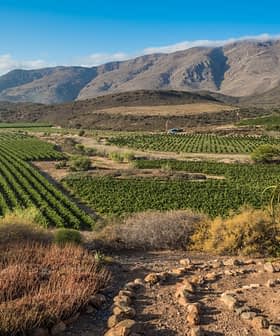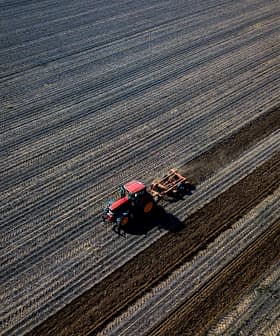During this season’s last days of activity for many Italian mills, we met the director of the Associated Tuscan Olive Growers (Olivicoltori Toscani Associati ), to talk about recent improvements in sustainable olive oil extraction methods.
“In 2012 we decided to adopt a new production system, as we understood to have the possibility to take a sustainable approach, reusing the by-products of the olive oil extraction,” Giampiero Cresti explained. “We started converting the three-phase method we have been using for years in the two-phase technology.”
Usually in areas like Tuscany, in the three-phase mill, between 30 and 40 percent of water is added to the olive paste for dilution. In the two-phase process, water is not necessary anymore, and this means both cost savings for the company and preservation of fresh water. Without the added water, olive oil is richer in polyphenols that are hydrosoluble compounds.
During this process, olives are crushed and, after malaxation, the paste is sent to decanter and separated into two phases: olive oil and a very wet pomace.
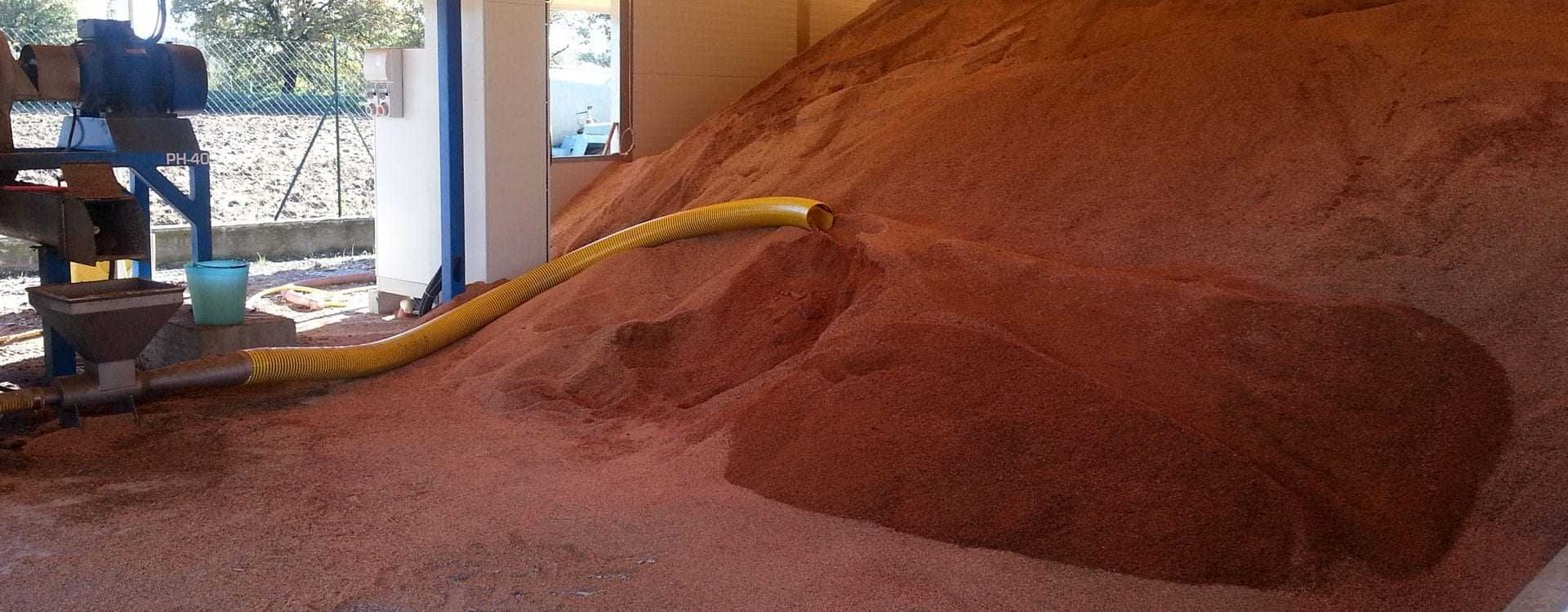
At this point, the fragments of olive pits are separated from the rest of the olives, to be used as a biomass comparable in quality to high-quality pellets, Cresti explained. “We use a part directly in the mill and we sell the rest to companies that trade it as a material for heating systems.”
Olive pits, in addition to offering a lower price and a higher calorific value than average pellets (according to some producers 7,78 kWh/kg), greatly reduce the formation of smoke and ash.
Moreover, Cresti pointed out, the humid pomace, through controlled anaerobic fermentation in specific digesters, produce a biogas containing methane, that is used for the production of electrical energy.
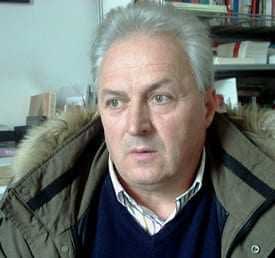
Giampiero Cresti
This manufacturing cycle ends up delivering all of the byproducts for renewable energies: the process concludes with no generated waste.
“We have been among the first to systematize the process to re-use the humid pomace in Italy, now several mills use this system,” Cresti said. “From a technical point of view the process was well known and practicable, but the real problem was logistic, when the mill generated so much and difficult to manage material in a few hours, the risk was to have a substance that no one knew how to use.”
But the evolution of the second part of the procedure was the key factor to finally re-use all the manufacturing residues. Thanks to the great development of digesters for renewable energy during recent years, this path became possible and this material can be used for the production of biogas.
The improvement of this kind of system — renewable energies sources which reduce the emission of landfill gas and, in general, exerts a very small carbon footprint into the atmosphere — seems to be essential for an eco-friendly olive oil production with reduced management costs.


